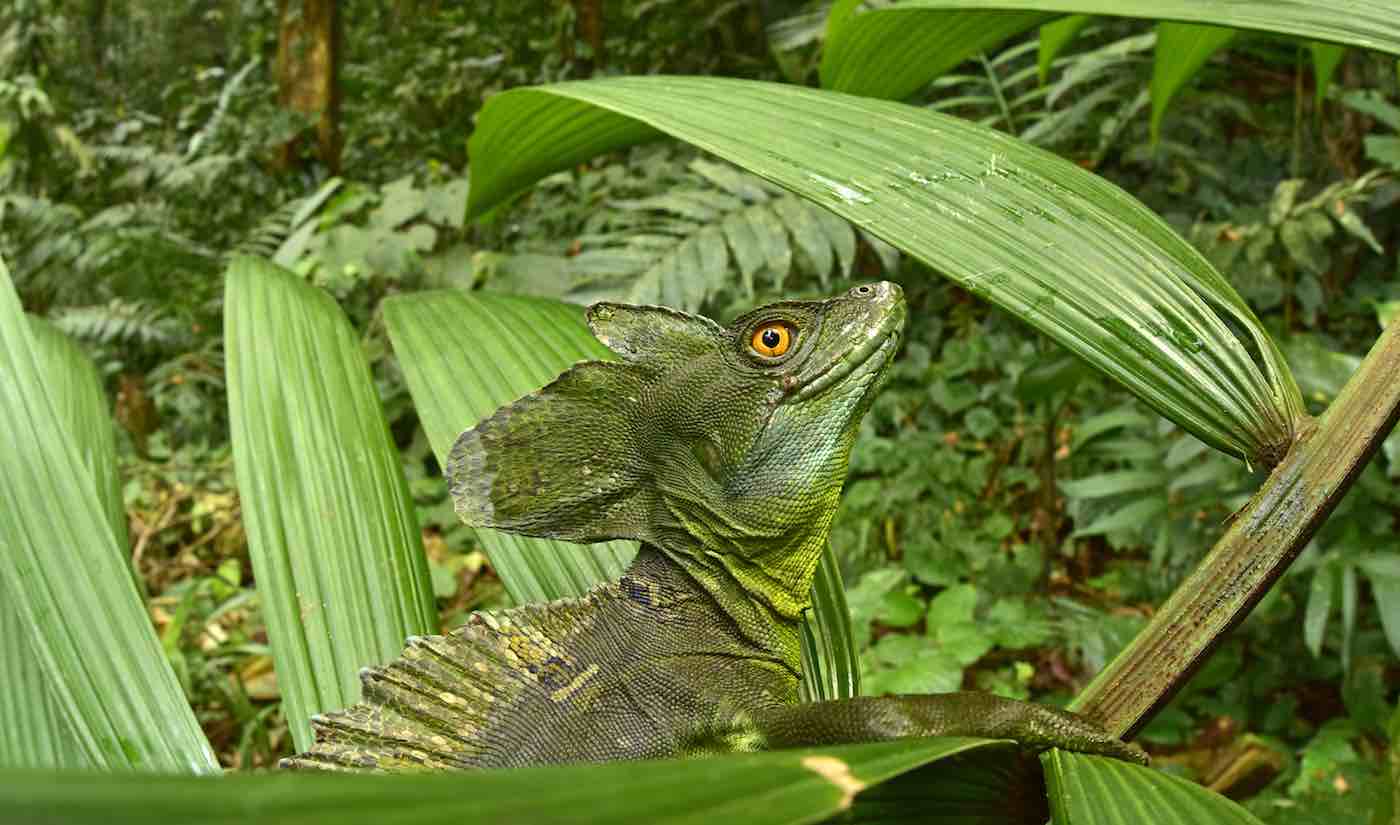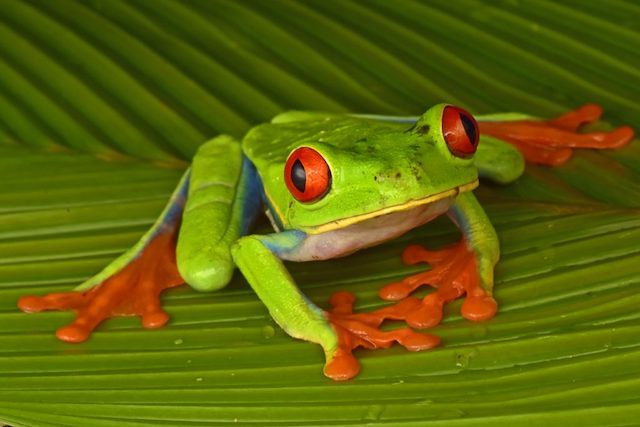
A swat team of scientists traveled to a “lost city” buried deep within the jungles of Honduras – and they were stunned by the sheer amount of biodiversity that they found.
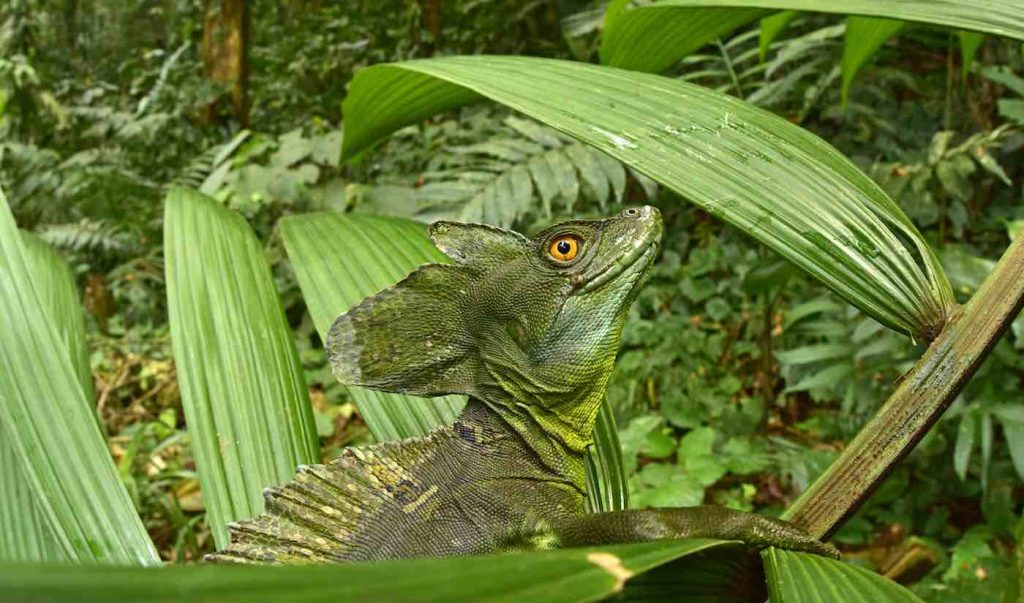
Back in 2017, researchers from Conservation International conducted a three-week research expedition following the discovery of ancient ruins at a site deep within the Mosquitia rainforest known as the “Lost City of the Monkey God” or the “White City.”
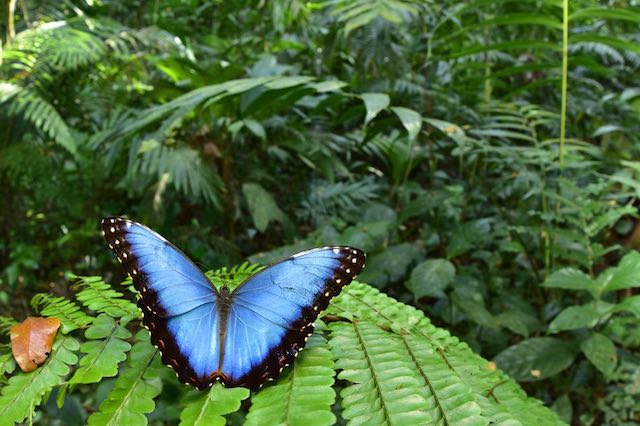
Since the rainforest remains one of the most unexplored areas of Central America, the team hoped to shine a light on the ecological state of the region.
The organization finally published a full report of their findings this week – and it details how the ancient settlement is encompassed by a pristine, thriving ecosystem teeming with rare and unique species, including new species and species once thought to be extinct.
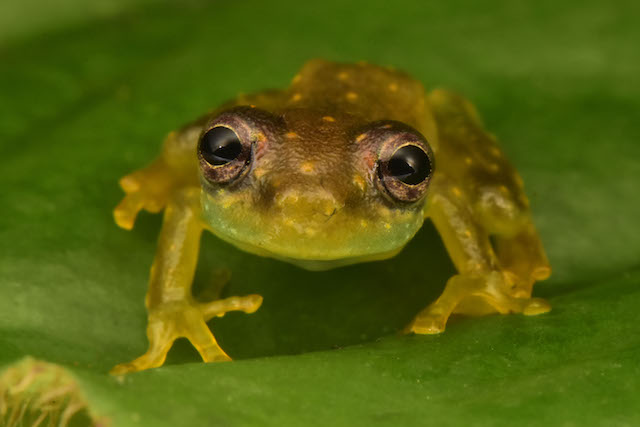
In total, the team documented 198 species of birds, 94 of butterflies, 40 of small mammals, 56 of amphibians and reptiles, 30 of large mammals – such as pumas, ocelots, and jaguars – and a variety of plants, fish, rodents, and insects.
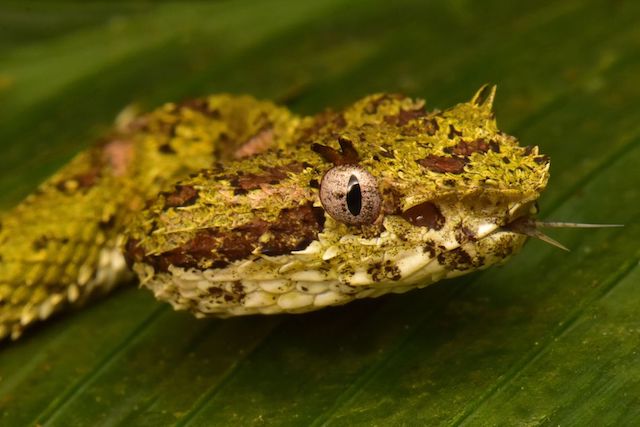
Some of the more notable finds included a tiger beetle, which had only ever been recorded in Nicaragua and was believed to be extinct; and the false tree coral snake, which had not been reported in Honduras since 1965.
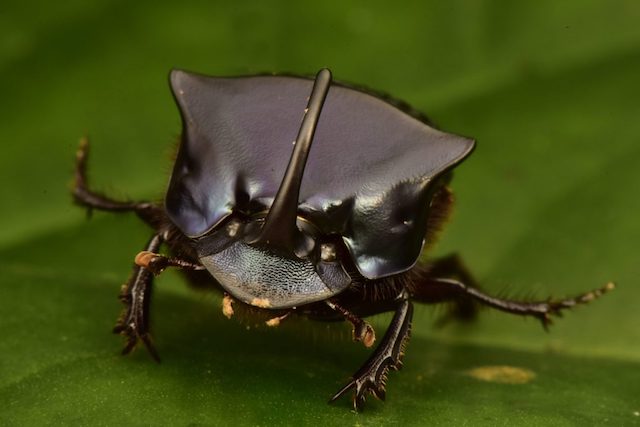
“Our team of scientists were shocked at the discovery of tremendously rich biodiversity, including many rare and threatened species,” said Trond Larsen, Director of Conservation International’s Rapid Assessment Program. “The ‘White City’ is one of the few areas remaining in Central America where ecological and evolutionary processes remain intact.
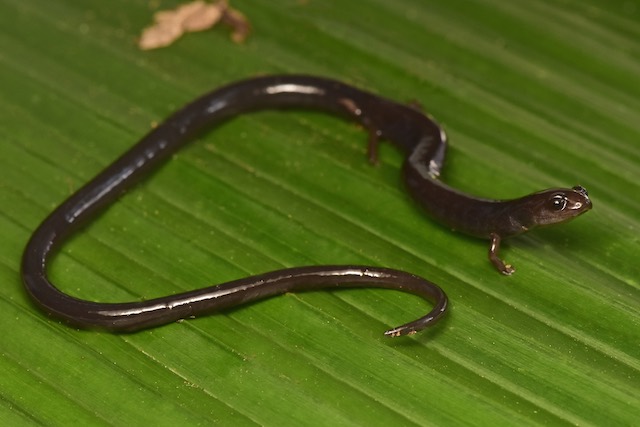
“Overall, our findings demonstrate that the area is of global environmental as well as archaeological significance,” Larsen continued. “Armed with this knowledge, stakeholders can now begin to design and implement conservation strategies to protect this critical ecosystem.”
Conservation International now hopes that their findings will help to implement additional conservation measures that will help to protect the region from deforestation.
Be Sure And Share The Incredible News With Your Friends On Social Media…




















